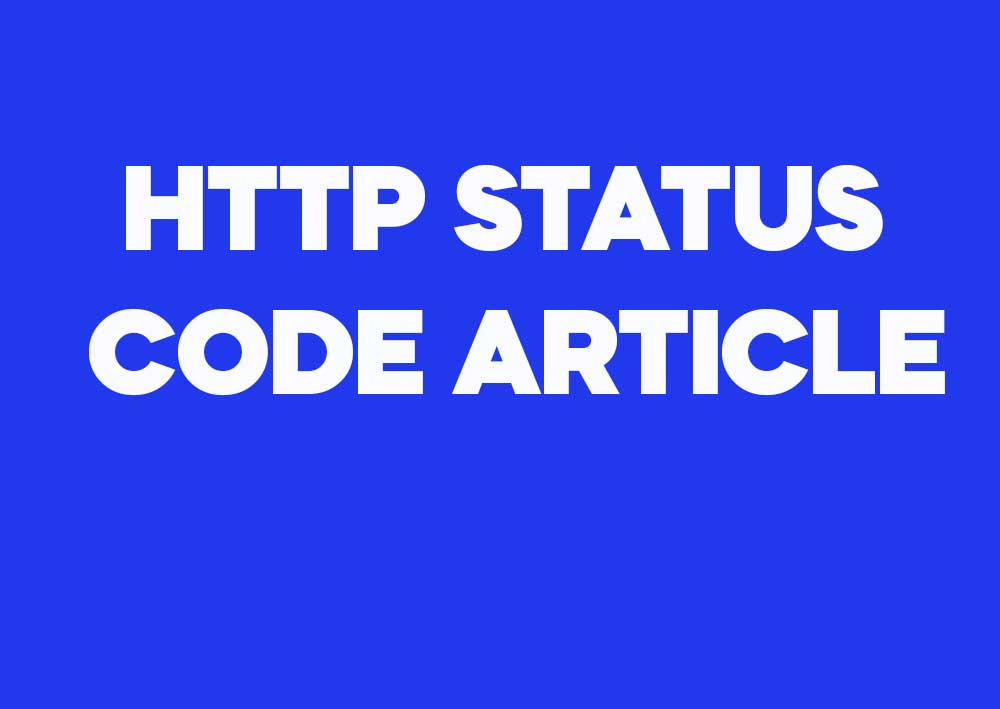HTTP Status Code 509 – Bandwidth Limit Exceeded
Description
The HTTP status code 509 Bandwidth Limit Exceeded is used when a server has exceeded the bandwidth limit that has been allocated to it. This status is not a part of the official HTTP status code specifications defined by the IETF, but it is commonly used by hosting providers to indicate that a website or service has reached its monthly or daily bandwidth quota.
When this status code is returned, it generally implies that the server is temporarily unable to serve more data due to resource constraints, and the situation will persist until the bandwidth allocation is reset or increased.
Example 1: Basic Scenario
Consider a web hosting provider that allocates a monthly bandwidth limit of 100GB for a client’s website. If the website’s traffic causes the data transfer to exceed 100GB within the month, the server might respond with a 509 status code.
GET /index.html HTTP/1.1
Host: example.com
HTTP/1.1 509 Bandwidth Limit Exceeded
Content-Type: text/html
<html>
<head><title>Bandwidth Limit Exceeded</title></head>
<body>
<h1>Bandwidth Limit Exceeded</h1>
<p>The server is temporarily unable to service your request as it has exceeded its available bandwidth limit. Please try again later.</p>
</body>
</html>
In this example, a request to example.com results in a 509 error because the bandwidth limit has been surpassed.
Example 2: Bandwidth Monitoring Software
Web hosting companies might use bandwidth monitoring software to track and enforce bandwidth limits. When a site exceeds the allocated limit, the software might automatically respond with a 509 status code.
# Hypothetical configuration in a hosting provider's bandwidth monitoring system
bandwidth_limit: 100GB
current_usage: 105GB
if current_usage > bandwidth_limit
response.status_code = 509
response.body = "<h1>Bandwidth Limit Exceeded</h1><p>Your site has reached its data transfer limit.</p>"
endif
This pseudo-code demonstrates how a hosting provider might automate the response to a bandwidth limit being exceeded, returning a 509 status code when the usage exceeds 100GB.
Example 3: GET Scenario
# Client sends a request example.
GET /example HTTP/1.1
Host: www.example.com
# Server Response
HTTP/1.1 509 509 Bandwidth Limit Exceeded
Date: Wed, 09 Oct 2024 23:11:58 GMT
Server: ExampleServer/1.0
Content-Type: application/json
{
"error": "Description of the error for 509"
}
Example 4: POST Scenario
# Client sends another example request.
POST /another-example HTTP/1.1
Host: www.example.com
# Server Response
HTTP/1.1 509 509 Bandwidth Limit Exceeded
Date: Wed, 09 Oct 2024 23:11:58 GMT
Server: ExampleServer/1.0
Content-Type: application/json
{
"error": "Detailed message for 509"
}
Summary
The 509 Bandwidth Limit Exceeded status code is a server-side response indicating the exhaustion of allocated bandwidth. While not an official part of the HTTP specification, it is widely used by web hosting services to enforce data transfer limits. When encountered, users should be aware that it often indicates a temporary issue that will resolve once the bandwidth allocation is reset.


